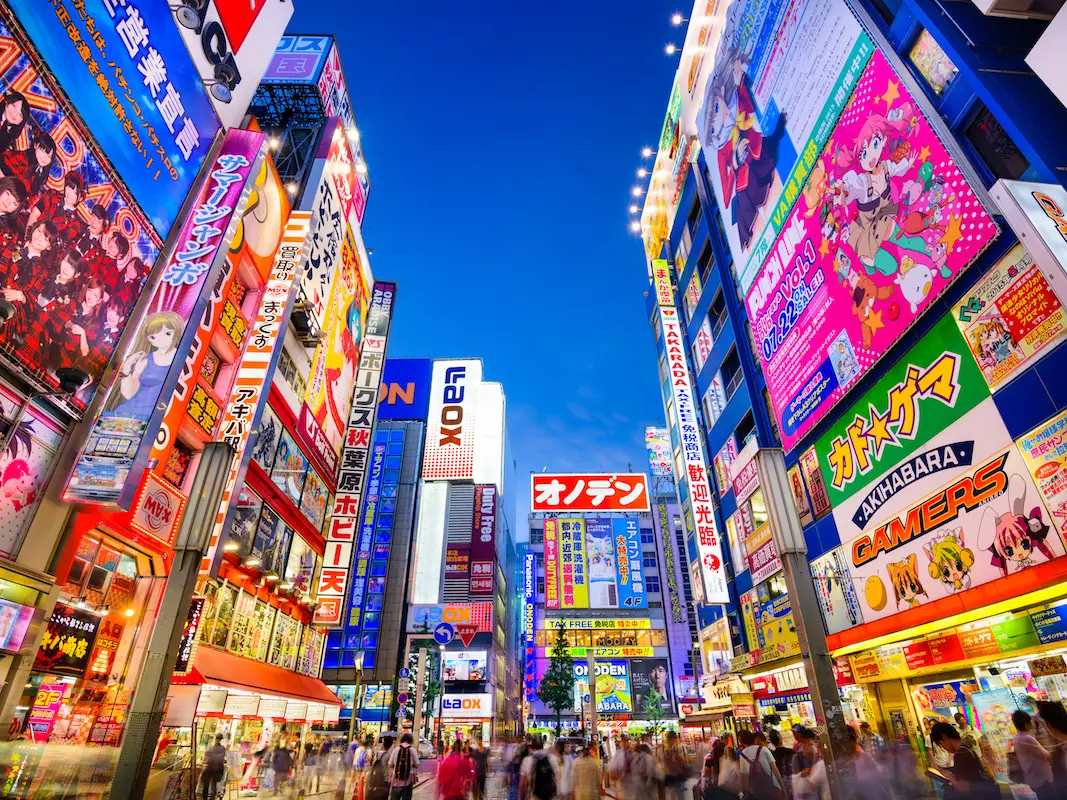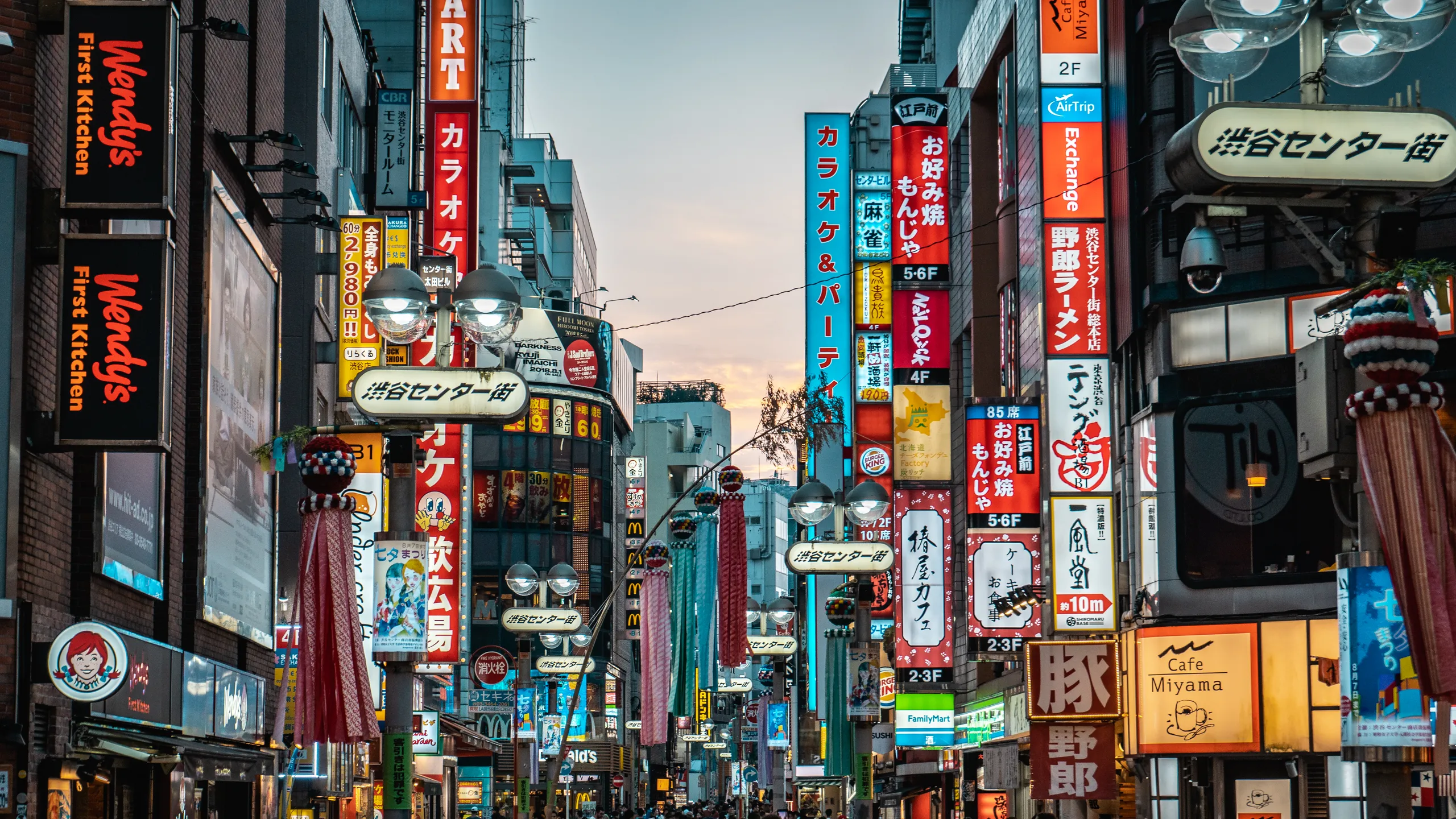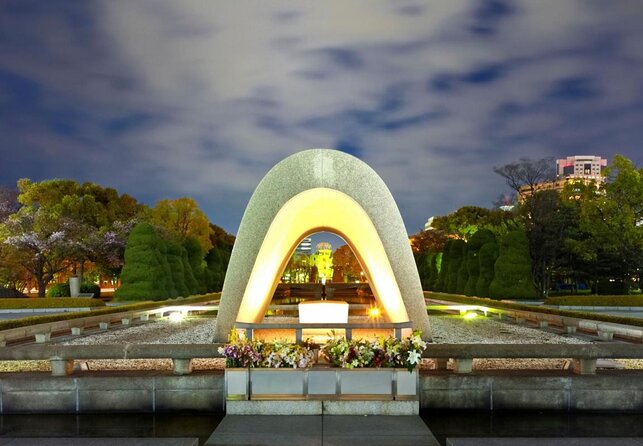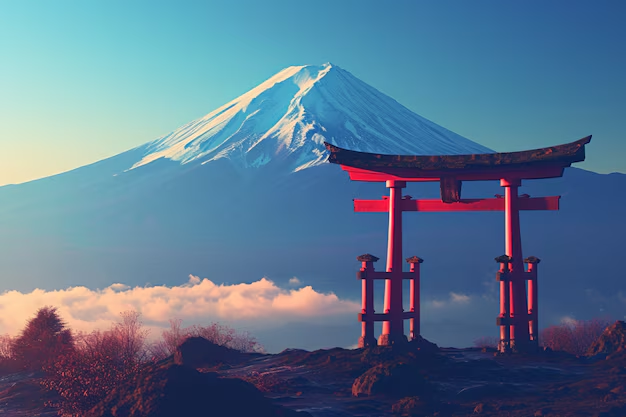ABOUT-JAPAN

Japan is officially known as Nippon, or Nihon. It's the northwest Pacific Ocean, with the Sea of Japan enclosing it on the west. Hokkaido is one of the five main islands in this 14,125-island archipelago that is a component of the Ring of Fire. Japan is the eleventh most populous country in the world, home to about 125 million people, making it one of the most densely inhabited countries. The world's most populous metropolitan area is the Greater Tokyo Area. People have lived in Japan since the Upper Paleolithic era. Japan was united under an emperor and an imperial court centered at Heian-kyō during the fourth and ninth centuries. Many volcanoes, including Mount Fuji, are both active and dormant. With one of the most significant economies in terms of nominal GDP. Japan is a powerful and industrialized nation. It lost the ability to declare war and, consequently, was able to keep one of the most powerful military forces in the world for self-defense. The nation is considered a cultural superpower as the globe is familiar with Japanese art, food, music, film, and popular culture.
TOURIST ATTRACTIONS

Tokyo
Tokyo, Japan's capital and busiest city, is where tradition and modernity intertwine to create a captivating blend of culture and innovation. The city is home to traditional noh and kabuki theater, opera, and symphonic music. Visitors may experience the excitement of Shibuya's busy streets and fully immerse themselves in Shinjuku's lively environment. They can also uncover the timeless charm of Asakusa's historic streets and Senso-ji Temple. People can also taste the world-famous Tsukiji Fish Market. Tokyo boasts a plethora of sights to see and an unforgettable adventure.
Hiroshima Peace Memorial Park
One of the most thought-provoking sites worldwide is the Hiroshima Peace Memorial Park. It undoubtedly caused us to reflect on the terrible waste of human life and how the event altered global affairs. It is a sad reminder of the destruction brought about by the bombing of Hiroshima and a potent symbol of peace. The remnants of the Genbaku Dome comprise the memorial. One of the few structures left standing in the city after the bombing is this one. It also shows Peace Park, which is nearby. Several sculptures and monuments are honoring peace throughout the lovely park surrounding it. Among these is the Children's Peace Monument, which drew inspiration from the death of a little child named Sadako Sasaki due to radiation poisoning from the bomb.


Mount Fuji
One of the most active places in Japan is Mount Fuji, but if you want to visit, remember that it is an active stratovolcano. At 3,776 meters, it is the highest peak in Japan and is located on Honshu Island. Despite being a well-liked hiking and tourist destination, it is also considered sacred in Japanese culture. Early July through mid-September is the ideal period to accomplish this. Several trails will ultimately take you to the summit. Just make sure that when you do it, you are wearing appropriate footwear. A stunning national park encircles the mountain. You will have the best view of this landscape on the climb up.
Himeji Castle
UNESCO World Heritage Site Himeji Castle is one of the most magnificent castles, also called the "White Heron Castle" because of its white facade and manner of mimicking a bird taking flight. Himeji Castle is also one of the few original castles in Japan; others were destroyed by earthquakes or conflict. A moat and cherry blossom trees in the lovely park encircle the castle. Along with many other defensive elements, a guided tour allows you to examine its walls, gates, and towers. Impressive paintings, elaborate wood carvings, and exquisitely painted screens adorn the elaborate interior decor.

MAJOR AIRPORTS IN JAPAN
WEATHER
Japan has four distinct seasons: autumn (September to November) with cooler temperatures and breathtaking foliage; winter (December to February), cold with snowfall, perfect for skiing; spring (March to May) with mild temperatures and cherry blossoms; summer (June to August) hot and humid, ideal for beach vacations. Japan has plenty to offer every season, whether you're looking for cherry blossoms, summer festivals, autumn foliage, or winter sports.
BEST TIME TO TRAVEL
The best time to visit Japan is spring for cherry blossoms (March to May) or autumn for pleasant weather and colorful foliage (September to November).
FAQs
Which airport is closest to Tokyo?
The largest international airport in Japan, Narita International Airport (NRT), is closest to Tokyo, i.e., the airport is located just about 37 miles east of Tokyo.
Is traveling to Japan expensive?
While visiting Japan can be costly, there are ways to get by on a low budget. For example, you can dine at local eateries and reserve a room in a guesthouse or capsule hotel.
Does traveling in Japan require me to speak Japanese?
Although knowing a few basic Japanese phrases can be helpful, most signage and transportation alternatives offer English translations, and people in the area are usually accommodating and kind.
How does Japan's transportation system operate?
Japan boasts a vast and well-functioning public transportation system that includes buses, trains, and subways. The Shinkansen (bullet train) is a practical choice for short-distance travel between cities.
Is it safe to travel to Japan?
Japan's excellent hospitality culture and low crime rate make it one of the safest travel destinations. Still, it's a good idea to be aware of your surroundings and take the necessary precautions.

Save up to 40% off! Exclusive call-only deals:
+1 (802) 222-6192
 Narita International Airport (NRT)
Narita International Airport (NRT)